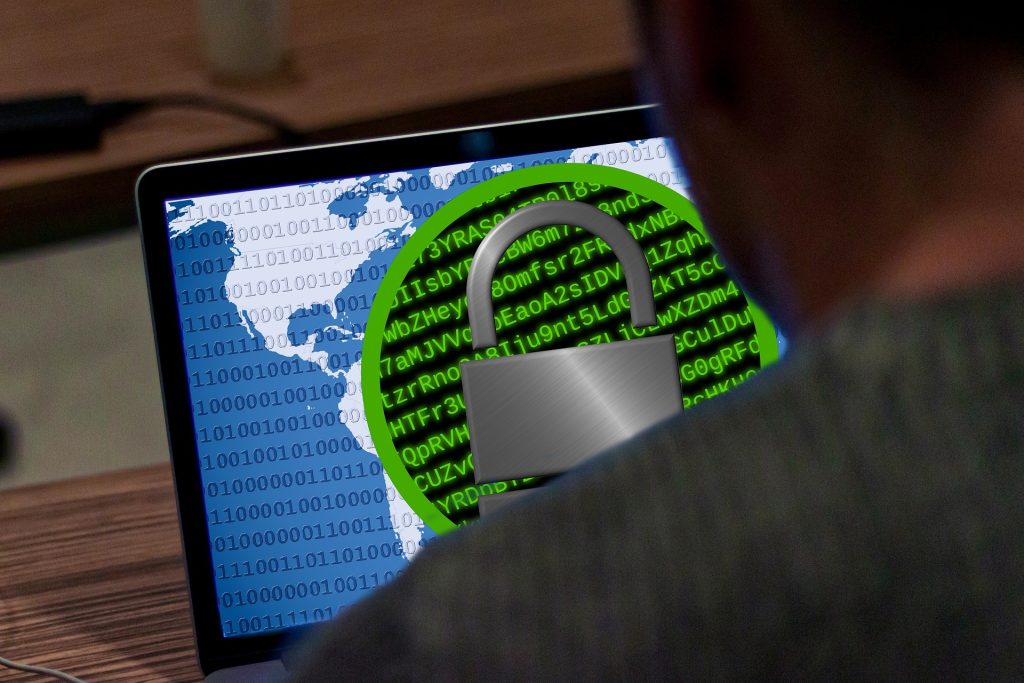One of the most significant cyber threats faced by modern organizations is a ransomware attack. Ransomware attacks have grown in both sophistication and frequency over the past few years, forcing companies to come up with strategies for how to prevent them.
But why is ransomware such a major threat and what can organizations do to prevent or address these attacks?
How Ransomware Attacks Work
Ransomware attacks can be initiated in a variety of ways. Maybe one of your employees downloads an infected attachment from a suspicious source. Maybe they plug in a questionable flash drive they found in the parking lot. Or perhaps a sophisticated cybercriminal uses brute force to gain access to important login credentials, or maybe they use social engineering to steal those credentials.
There are many possible attack vectors, but they all end in the same result. Once infected with ransomware, your systems will begin encrypting information, rendering that information inaccessible and unusable.
The hackers responsible for the ransomware attack will provide you with a decryption key, but only in exchange for a ransom – a one-time payment, usually paid in the form of cryptocurrency so as to render the payment untraceable. These ransoms often range into the six and seven figures, and even if you pay the ransom, there’s no guarantee the hacker will return your information to you.
Why Is Ransomware Such a Major Threat?
Why is this such a big threat for modern organizations?
The potential to cripple your organization.
First, understand that nearly all modern businesses rely heavily on technological devices, data, and software to operate. If your systems are rendered inaccessible, your business will be unable to function, and every minute your business is offline, you’ll be losing money. A sufficiently powerful ransomware attack can truly cripple your organization indefinitely, and there’s no guarantee you’ll be able to get it back online simply by paying the ransom.
Endless possible attack vectors.
Ransomware is also a threat because of endless possible attack factors. Brute force attacks, stolen login credentials, phishing attacks, downloading of malicious files, and countless other possibilities could all lead to ransomware infecting your systems. Cybercriminals love this; once they find a target, they have innumerable options to launch an attack against that target.
Ever-evolving threats.
Ransomware is becoming more sophisticated with each passing year. Hackers and criminals are getting smarter, more versatile, and more agile, even in response to the ever-evolving security measures meant to stop them.
Remote and hybrid workplaces.
We’ve also seen an increase in the number of ransomware attacks in the wake of remote and hybrid workplaces. When your organization operates remotely, it inherently has more security gaps. Your employees are more difficult to control and guide. And, even one simple employee mistake can ultimately lead to a breach.
Press and popularity.
If you read the news regularly, you’ve likely heard about ransomware attacks hitting major organizations. Ransomware attackers have made out with millions of dollars as a result of these attacks. Because these attacks are popularly reported, new hackers are motivated to take action on a regular basis, increasing the number of potential threats in the world.
How to Guard Against It
So what can you do to guard against the threat of ransomware?
Work with professionals.
Make it a priority to work with professionals. Whether you hire an external IT consulting firm or build a robust cybersecurity team within your organization, it’s important to invest in people who have the knowledge and expertise necessary to keep your organization safe. They’ll be able to point out the current weaknesses in your cybersecurity approach, recommend advanced strategies to guard against ransomware, and even facilitate ongoing monitoring so they can adequately respond to a threat in progress.
Back up everything regularly.
It’s also important to back everything up on a regular basis, and preferably many times throughout the day. This way, if a ransomware attack ever locks your systems down, you’ll have a backup you can restore. You’ll be able to get your organization up and running again in relatively short order.
Assess and address your risks.
There are so many attack vectors for ransomware that it’s impossible to acknowledge all of them concisely. It’s your responsibility, on behalf of your organization, to address the biggest risks and potential attack vectors that could impact your organization. Assess those risks carefully and put proactive protective measures in place.
Manage remote security carefully.
If your organization operates remotely, or in a hybrid remote and physical environment, you’ll need to devise new security protocols for your remote employees to follow.
Keep all your devices and software updated.
It’s also important to keep all your devices and software up to date. Older versions of devices, operating systems, and software typically have security vulnerabilities that cyber criminals know about.
Educate and train your employees.
Finally, educate and train your employees about the nature of ransomware – and the best ways to protect against it. Simple best practices, like avoiding unfamiliar email attachments and choosing strong passwords, can thwart your most common threats.
Ransomware is one of your biggest cybersecurity threats for a multitude of reasons. The good news is, with a proactive and defensive mindset, you can protect your organization from the most common types of ransomware attacks – and enable your organization to rapidly respond to a ransomware attack in progress.





























